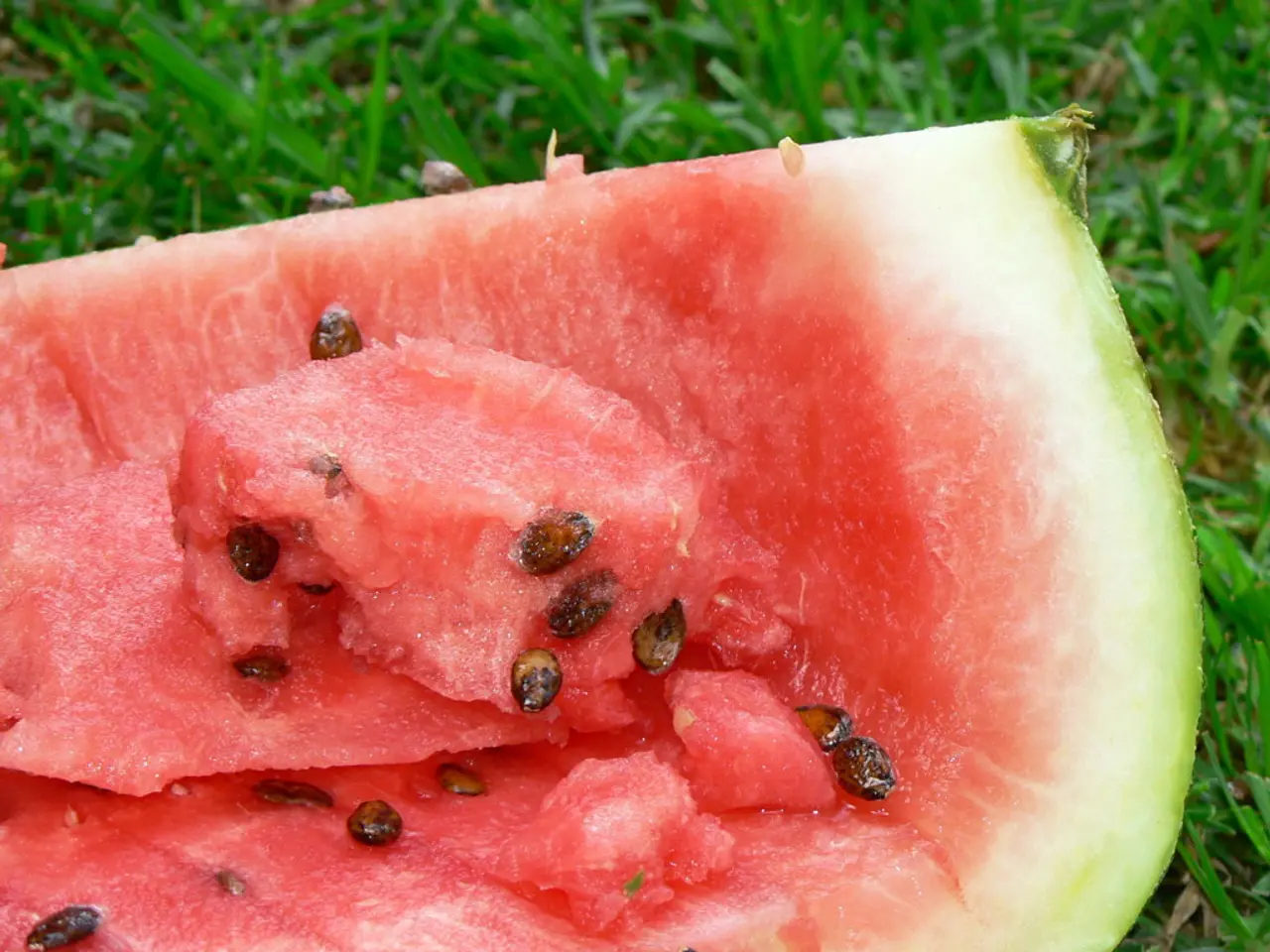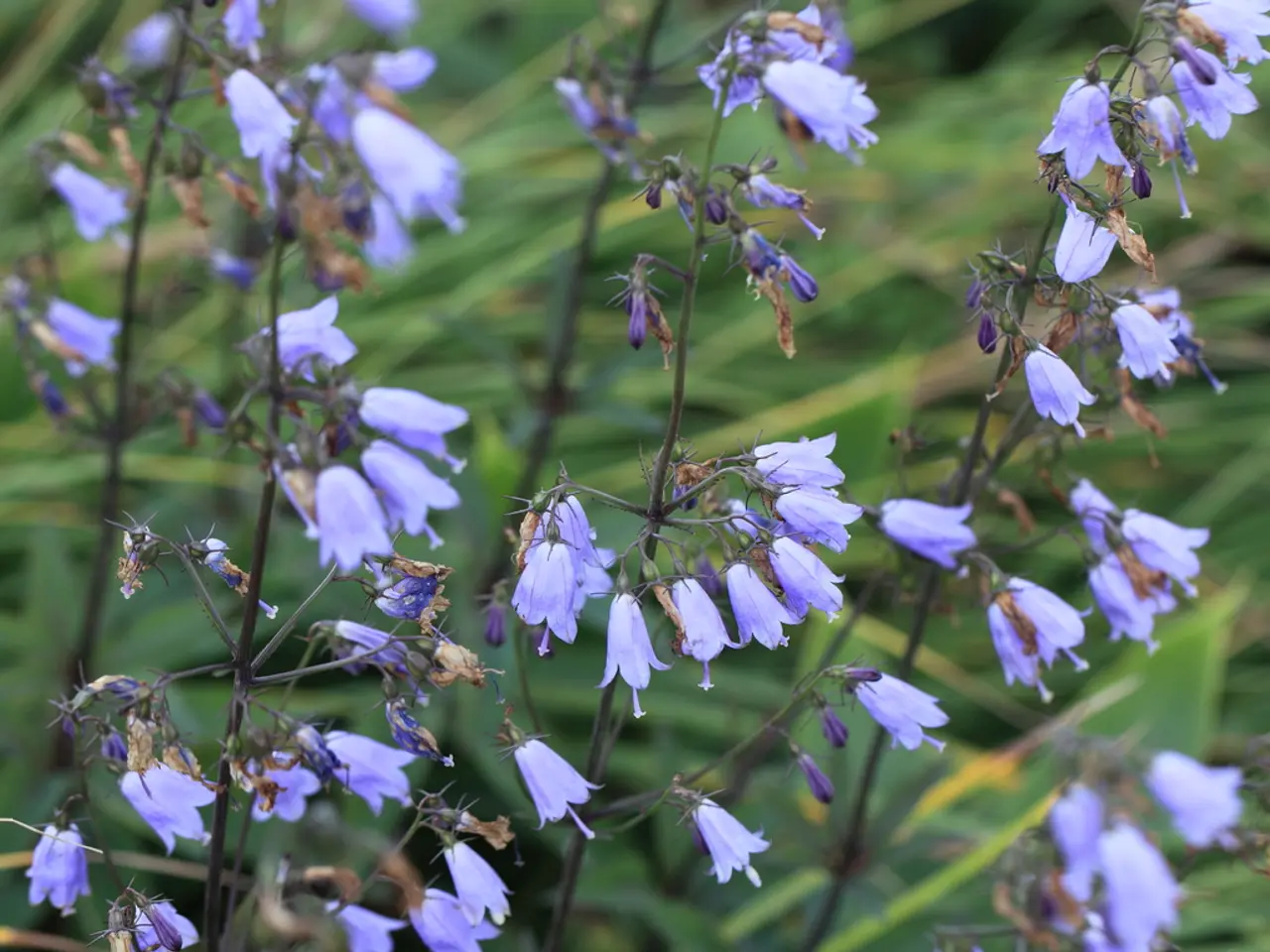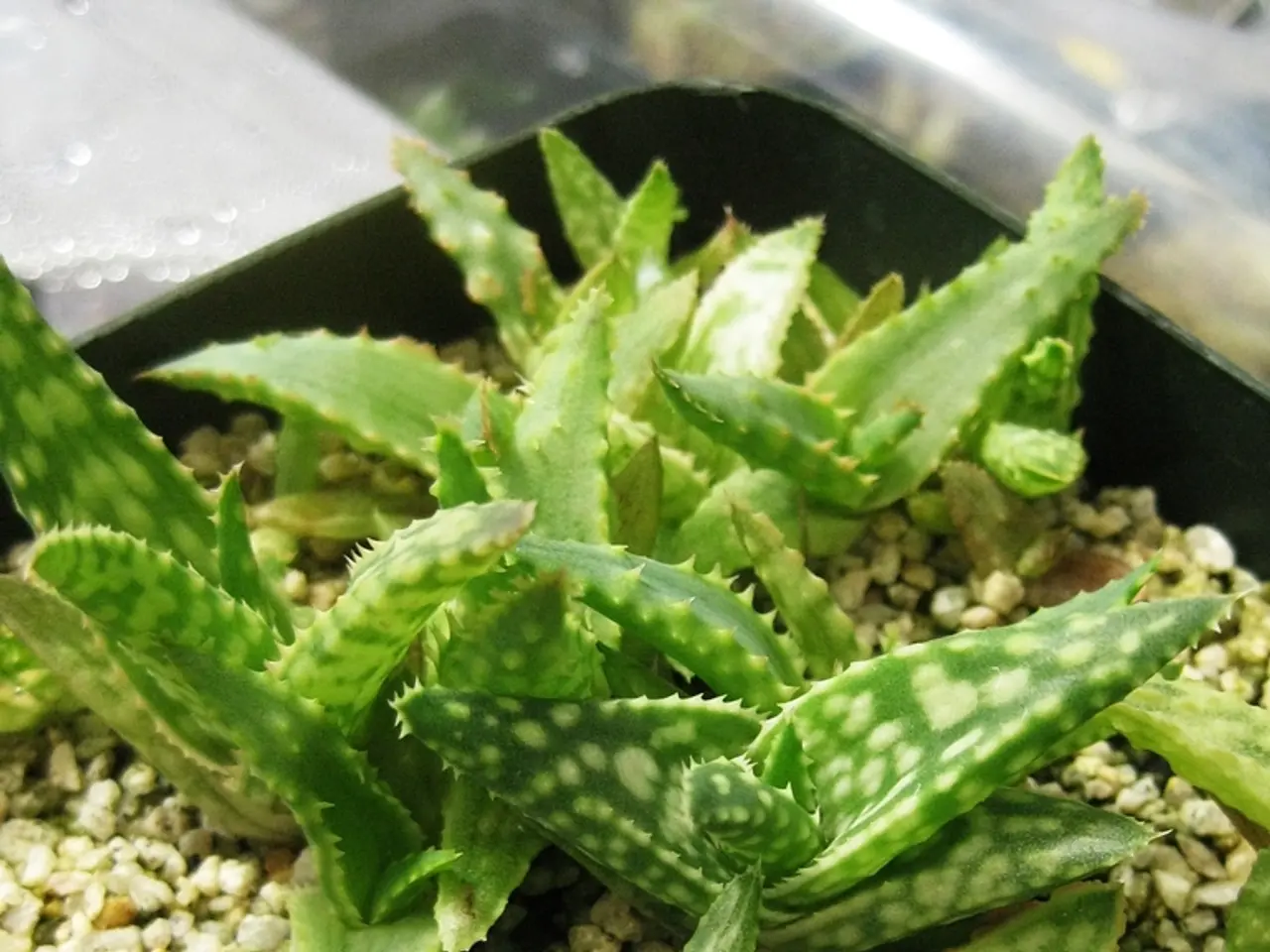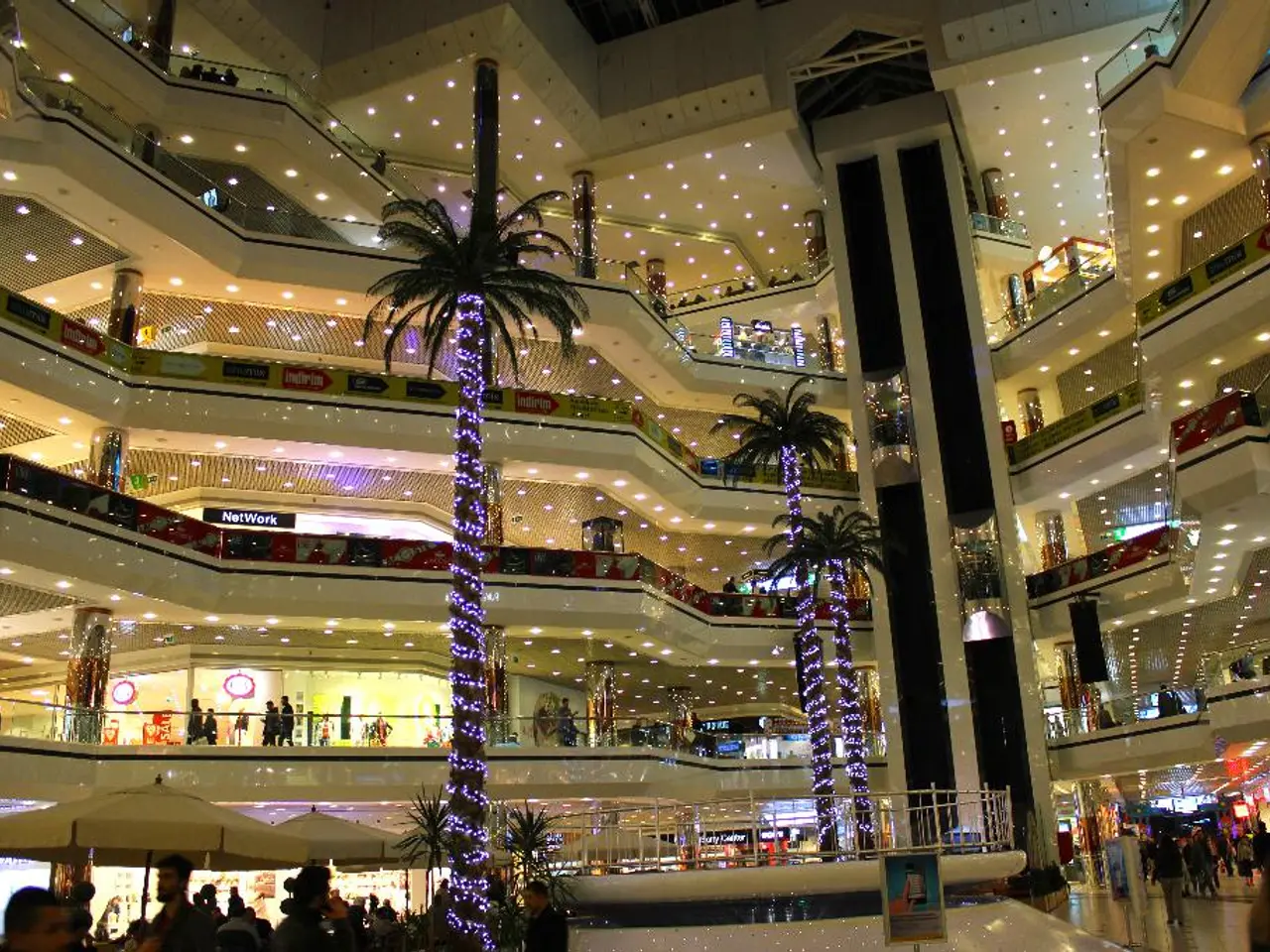"Tea Horse Route: Exploration through Multi-Sensory Experiences"
Take a sip of my steaming brew, and my memories rush back to life, pulling me into the heart of ancient China. I imagine marching alongside the Tea Horse Road, a 3,000-kilometer journey that once connected the deep south of Yunnan to Tibet. Today, parts of this historic route have been revitalized as the Lux Tea Horse Road, a series of luxury retreats that keep tradition alive without compromise.
The road was more than just a trading route; it was a conduit for cultural exchange between countless minorities, cultures, and nature. Each stone witnessed centuries of trade, transmission of ideas, and the blending of civilizations.
I Lijiang (丽江市)
My senses are awakened as I step into the bustling city of Lijiang. Once a junction of the southwestern silk road and the legendary Tea Horse Road, it remains a cultural melting pot today. The Naxi - a distinct ethnic minority of China - are a constant presence. As I wander through the labyrinthine alleyways of Dayan Old Town, I find myself captivated by intricate wooden carvings and vibrant colors, each telling a unique story.
I eventually stumble upon the old tea house of He Xiao Jun, the oldest in Lijiang. Time meets modernity here as tea isn't just sold, but celebrated. The tea master guides me on a sensory exploration, revealing the depth of fermentation with multi-stage infusions. Every sip transports me further back in time.
II Sangushuia (三股水)
As the sun sets over the Jade Dragon Mountain, I find myself in the picturesque village of Sangushuia. Here, I meet Rong Gui, one of the last true walkers of the old Tea Horse Road. His stories carry me across towering peaks, through deep valleys, and along swift rivers, igniting a sense of adventure within me. I listen, and my mind soars, a peaceful harmony filling my soul.
III Shangri-La (香格里拉市)
Continuing my journey, I reach Shangri-La, formerly known as Zhongdian. This Tibetan city was renamed after James Hilton's fictional paradise as a dreamy escape for travelers. The steep mountain ranges and deep valleys lead me to a Thangka painting workshop, where I immerse myself in the timeless art of Tibetan iconography, my brush guided by a gentle sense of familiarity.
IV Benzilan (奔子栏)
As I trek deeper into the Tibetan forests, I discover an incredible diversity of mushrooms—familiar and unfamiliar. The cool, clear streams at 3,400 meters altitude, nourished by melting snow, seem to beckon me further north. Small stone piles line the path, their purpose unknown—perhaps marking the way, or simply beautiful adornments.
Spending hours here, I feel an overwhelming connection to the landscape—to the harmony within me and the mysterious energy that resonates throughout this ancient land. With each step, I draw closer to the vast and undiscovered adventure that lies ahead along the Tea Horse Road.
Whether savoring tea, hearing stories, feeling the energy, or simply seeing the world unfold before my eyes, I've come to understand that the Lux Tea Horse Road isn't merely a trading route; it's a living mosaic of human history, culture, nature, and connections.
- The cultural melting pot of Lijiang, with its bustling streets and intricate wooden carvings, is reminiscent of the rich exchange of ideas that once thrived along the historic Tea Horse Road.
- Rong Gui, a last true walker of the old Tea Horse Road, shares tales that transport listeners across rugged terrains, beautifully reflecting the adventurous spirit embodied by this ancient trading route.
- The art of Thangka painting in Shangri-La offers a glimpse into the timeless culture of Tibet, connected to the Lux Tea Horse Road through its ability to bridge past and present, tradition and modernity.








